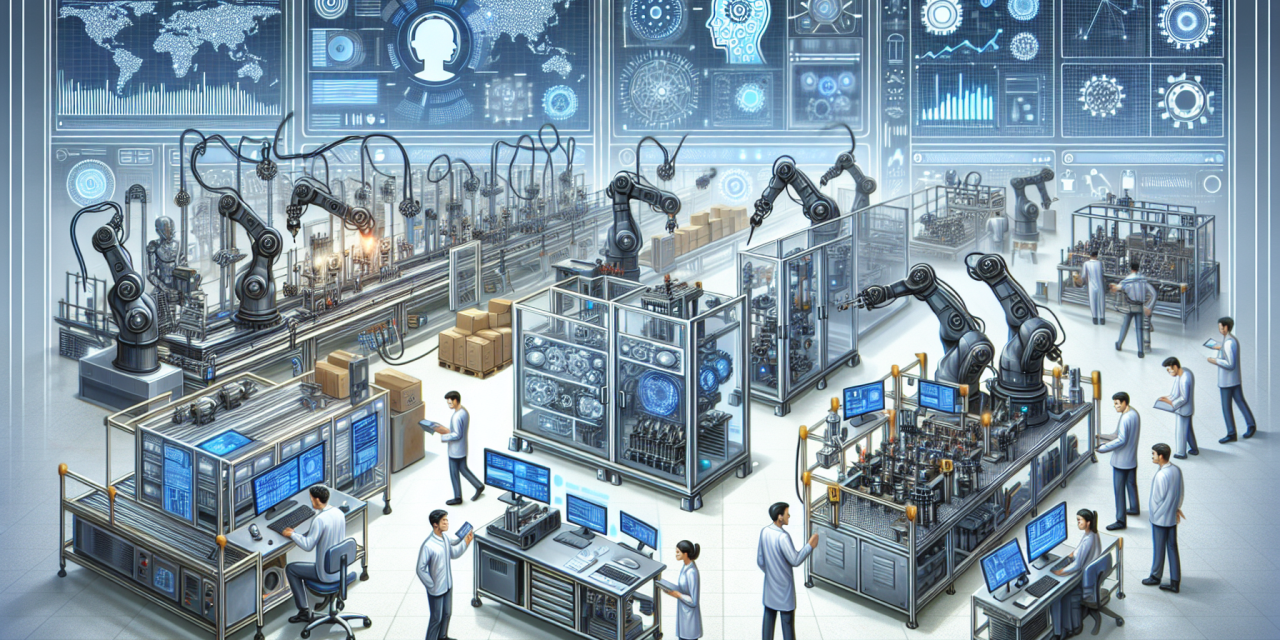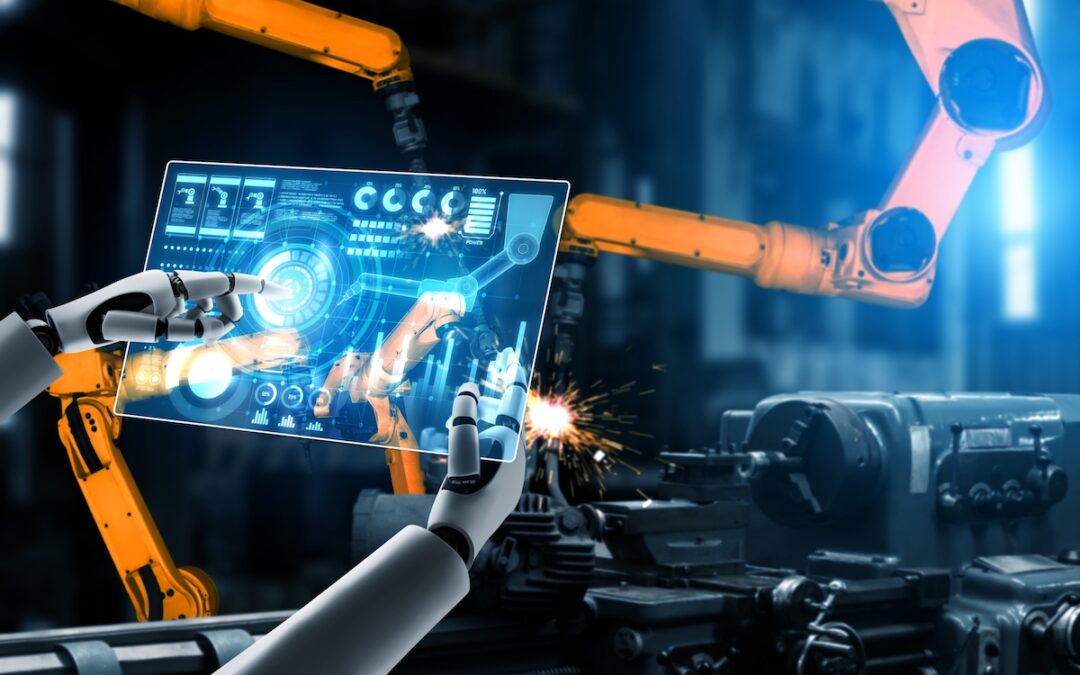In the realm of quality assurance, the role of stroboscopes in visual inspection is paramount. As industries increasingly strive for perfection, the need for precise and reliable inspection tools becomes evident. Among these tools, the stroboscope stands out for its ability to effectively identify defects and ensure product quality. By understanding the workings and benefits of stroboscopes, industry professionals can significantly enhance their inspection processes.

What are Stroboscopes?
A stroboscope is a device that emits flashes of light at regular intervals. These flashes can be synchronized with the motion of an object, allowing the observer to perceive the object as if it’s stationary. This phenomenon, known as the stroboscopic effect, is particularly useful in inspecting fast-moving objects or processes. With the aid of stroboscopes, inspectors can detect anomalies and defects that would otherwise be missed by the naked eye.
The Role of Stroboscopes in Quality Assurance
The integration of stroboscopes in visual inspection processes is a game-changer for quality assurance. By providing a clear and detailed view of the inspected object, stroboscopes enable inspectors to identify inconsistencies, defects, or malfunctions. This not only enhances the accuracy of inspections but also minimizes the risk of defective products reaching consumers.
Benefits of Using Stroboscopes
- Improved Accuracy: Stroboscopes allow for precise inspections, reducing human error.
- Cost-Effective: By detecting defects early, companies can save on repair and replacement costs.
- Increased Efficiency: The ability to inspect moving parts without halting production processes enhances operational efficiency.
Applications of Stroboscopes in Various Industries
Stroboscopes find applications across a wide range of industries, from manufacturing to entertainment. In manufacturing, they are used to inspect the quality of products and machinery, ensuring optimal performance and longevity. In the film and photography sectors, stroboscopes provide unique lighting effects that enhance visual storytelling.
How Stroboscopes Work
The working principle of a stroboscope is straightforward yet fascinating. By emitting flashes of light at precise intervals, the stroboscope creates an optical illusion where the object being inspected appears to be stationary. This allows inspectors to observe details that are typically blurred when viewed at full speed. The frequency of the light flashes can be adjusted to match the speed of the moving object, ensuring optimal inspection conditions.
Components of a Stroboscope
- Light Source: Typically a high-intensity LED or Xenon flash tube.
- Control Unit: Adjusts the frequency and duration of the light flashes.
- Power Supply: Provides the necessary energy to the light source.
Challenges and Considerations in Using Stroboscopes
While stroboscopes offer numerous benefits, their use is not without challenges. Ensuring the correct synchronization of light flashes with the objects movement is crucial for accurate inspection. Additionally, the intensity of the light must be sufficient to illuminate the object without causing glare or discomfort to the inspector.
Common Challenges
- Synchronization: Incorrect timing can lead to inaccurate inspections.
- Light Intensity: Balancing brightness to avoid glare while ensuring visibility.
Enhancing Inspection Processes with Technology
Advancements in technology have paved the way for more sophisticated stroboscopes. Modern devices come equipped with features such as digital displays, programmable settings, and wireless connectivity, making them more user-friendly and versatile. These innovations allow for more detailed inspections and better integration with other quality assurance tools.
The Future of Stroboscopes in Industry
As industries continue to evolve, the demand for precise and efficient inspection tools will only increase. Stroboscopes will play a crucial role in meeting this demand, offering unparalleled accuracy and reliability. With ongoing research and development, future stroboscopes promise to be even more advanced, further enhancing their impact on quality assurance.
Conclusion
The use of stroboscopes in visual inspection is a testament to the importance of innovation in quality assurance. By providing a clear and detailed view of inspected objects, stroboscopes enable industries to maintain high standards of quality and efficiency. As technology continues to evolve, the role of stroboscopes in quality assurance will only become more significant.

FAQs
How do stroboscopes contribute to quality assurance?
Stroboscopes enhance quality assurance by providing a clear and detailed view of inspected objects, enabling the detection of defects and inconsistencies.
What industries benefit from using stroboscopes?
Stroboscopes are beneficial in various industries, including manufacturing, entertainment, and photography, where precise inspection and unique lighting effects are required.
What are the challenges of using stroboscopes in inspections?
Challenges include ensuring correct synchronization of light flashes with object movement and balancing light intensity to avoid glare while ensuring visibility.
For more information on stroboscopes, you can visit this comprehensive guide.
To delve deeper into minimizing machine failure risk, explore this resource.
This article contains affiliate links. We may earn a commission at no extra cost to you.
